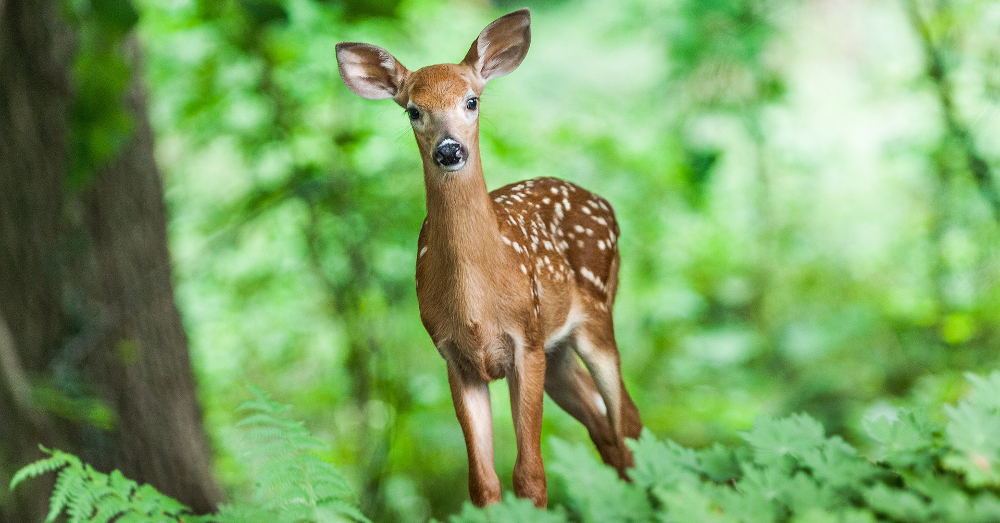
Can Chronic Wasting Disease Jump from Deer to Humans? Concerns Keep Rising
Amid renewed concern about whether chronic wasting disease can jump from deer to people, a fatal human brain condition in the same family is showing up more often in Wisconsin and nationally.
July 7, 2017 | Source: Journal Sentinel | by John Fauber and Lee Bergquist
Amid renewed concern about whether chronic wasting disease can jump from deer to people, a fatal human brain condition in the same family is showing up more often in Wisconsin and nationally.
It’s happening as state testing for the deer disease is down, and hunters routinely opt not to test deer killed in affected zones.
In 2002, the year CWD was discovered in Wisconsin, six cases of Creutzfeldt-Jakob disease were recorded, according to the state Department of Health Services. In two of the last four years, 13 cases have been recorded. That’s a 117% increase.
Nationally, there also has been an increase in cases of Creutzfeldt-Jakob. In 2002, there were 260 cases, compared with 481 in 2015, an 85% increase, according to data from the U.S. Centers for Disease Control and Prevention.
Creutzfeldt-Jakob is closely related to the form of mad cow disease that infected people, primarily in Great Britain, in the late 1990s and early 2000s, after they ate beef from infected cows. Indeed, human mad cow disease is known as variant-Creutzfeldt-Jakob. Both diseases attack the brain, and death usually occurs within a year.
The increase in Wisconsin comes as chronic wasting disease — which, like Creutzfeldt-Jakob, is caused by infectious agents known as prions — continues to spread among deer. Like its human counterparts, CWD also attacks the brain and is always fatal.
In Wisconsin, it appeared initially to be confined to a core area of western Dane County and eastern Iowa County. Today, there are 18 counties where CWD has been found in the wild deer population, according to state figures. Nationally, CWD is known to exist in at least 21 states.
